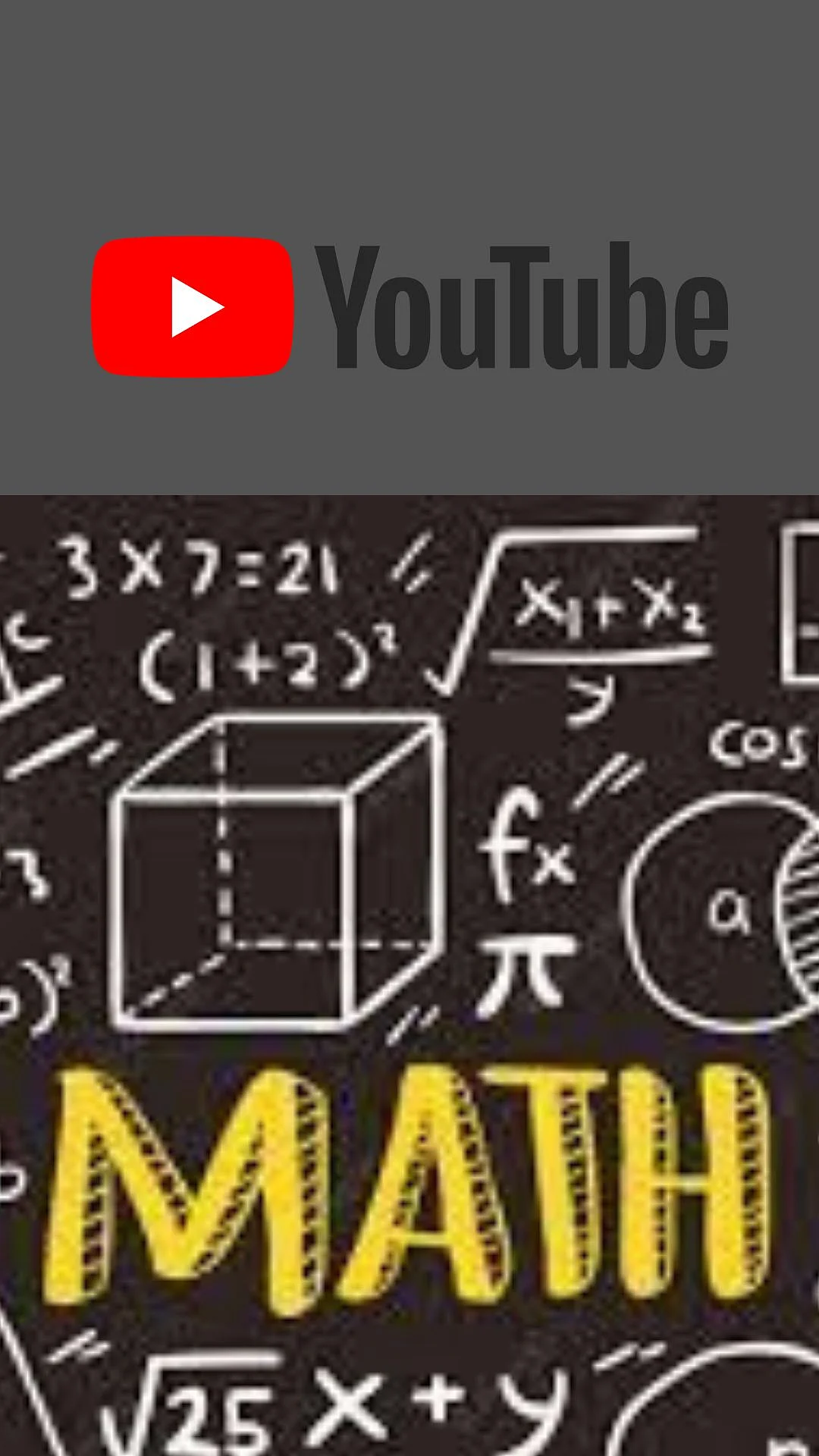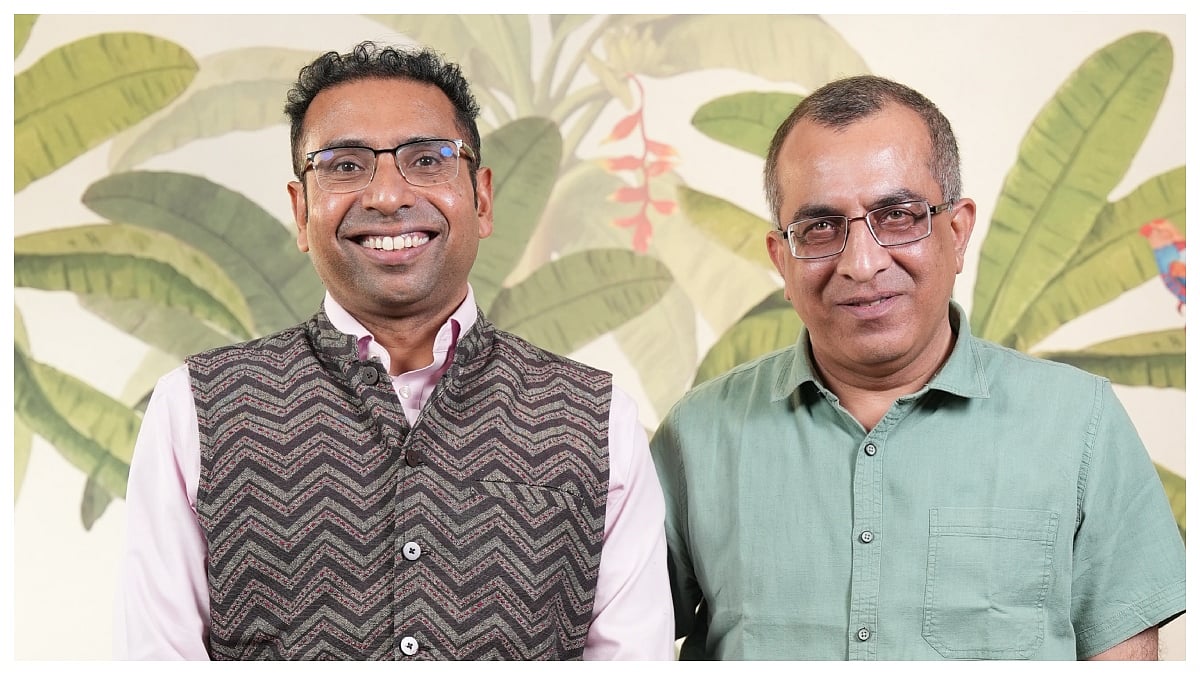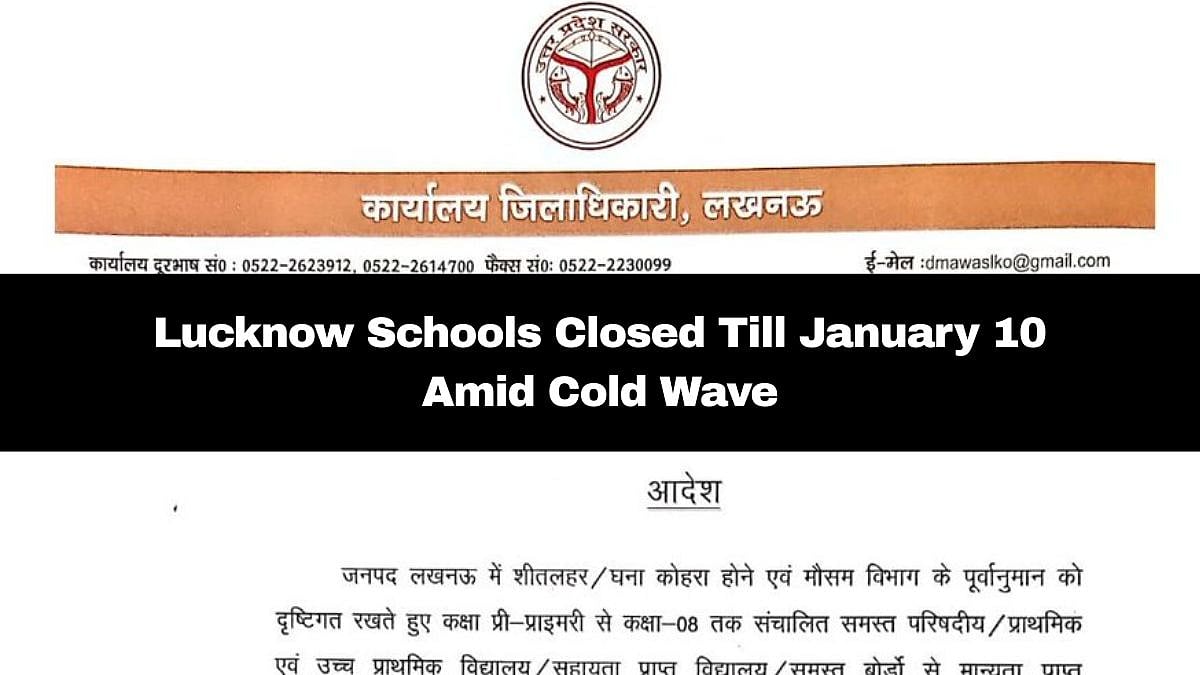Do you know what Fibonacci Day is? This holiday honors Leonardo Bonacci, also known as Fibonacci, one of the finest medieval mathematicians. Fibonacci is best known for writing Liber Abaci ("The Book of Calculation"), which introduced the Western world to the foundations of modern mathematics.
The Fibonacci sequence is honored on November 23 every year, and its effect may still be seen in math and technology today. The pattern is the calculation of the two numbers that came before it, 1, 1, 2, 3, 5, 8, 13, and so on.
The day honors Bonacci's dedication to research and his contribution to our understanding of the Fibonacci patterns found in everything from hurricanes to DNA on Earth. His finding opens the door to unlocking "nature's secret code."
In honor of this day, here are five fascinating facts about Fibonacci's life and work:
1.Fibonacci numbers can be found in everyday life: These numbers appear frequently in mathematics. We can see that in our daily lives when we calculate or estimate miles to kilometers. Consider the numbers 1, 2, 3, 5, 8, 13, 21, 34, 55, 89,... and choose any two consecutive numbers from this sequence. 13 and 21: 13 miles = 21 kilometers. 34 and 55: 34 miles = 55 kilometers.
2. We can find the Fibonacci sequence in seed heads, pinecones, fruits and vegetables: When you look at the seeds in the middle of a sunflower, you'll notice that they form a golden spiral pattern. Surprisingly, adding up these spirals yields a Fibonacci number. Divide the spirals into those pointing left and right to generate two Fibonacci numbers. You can decipher spiral patterns in pine cones, pineapples and cauliflower that also reflect the Fibonacci sequence in this manner.
3. The Fibonacci Sequence is also used in music: Wolfgang Amadeus Mozart is well-known for his compositions. In addition, Mozart uses the Fibonacci sequence in one of his well-known pieces of music. The Mozart Sonata 279 is a nice example. In reality, he penned the mathematical calculations in the sheet music's margins.
4. Fibonacci numbers can be found in pop culture: Black Star’s Mos Def & Talib Kweli are Black Star incorporated the Fibonacci sequence in their song.
5. The historic book Liber Abaci was by Leonardo Fibonacci: Liber Abaci made an impression on the people in Europe. It is a 1202 historic book on arithmetic. Liber Abaci is among the first Western books to describe the Hindu–Arabic numeral system. It is also the first to use symbols traditionally described as “Arabic numerals”.










